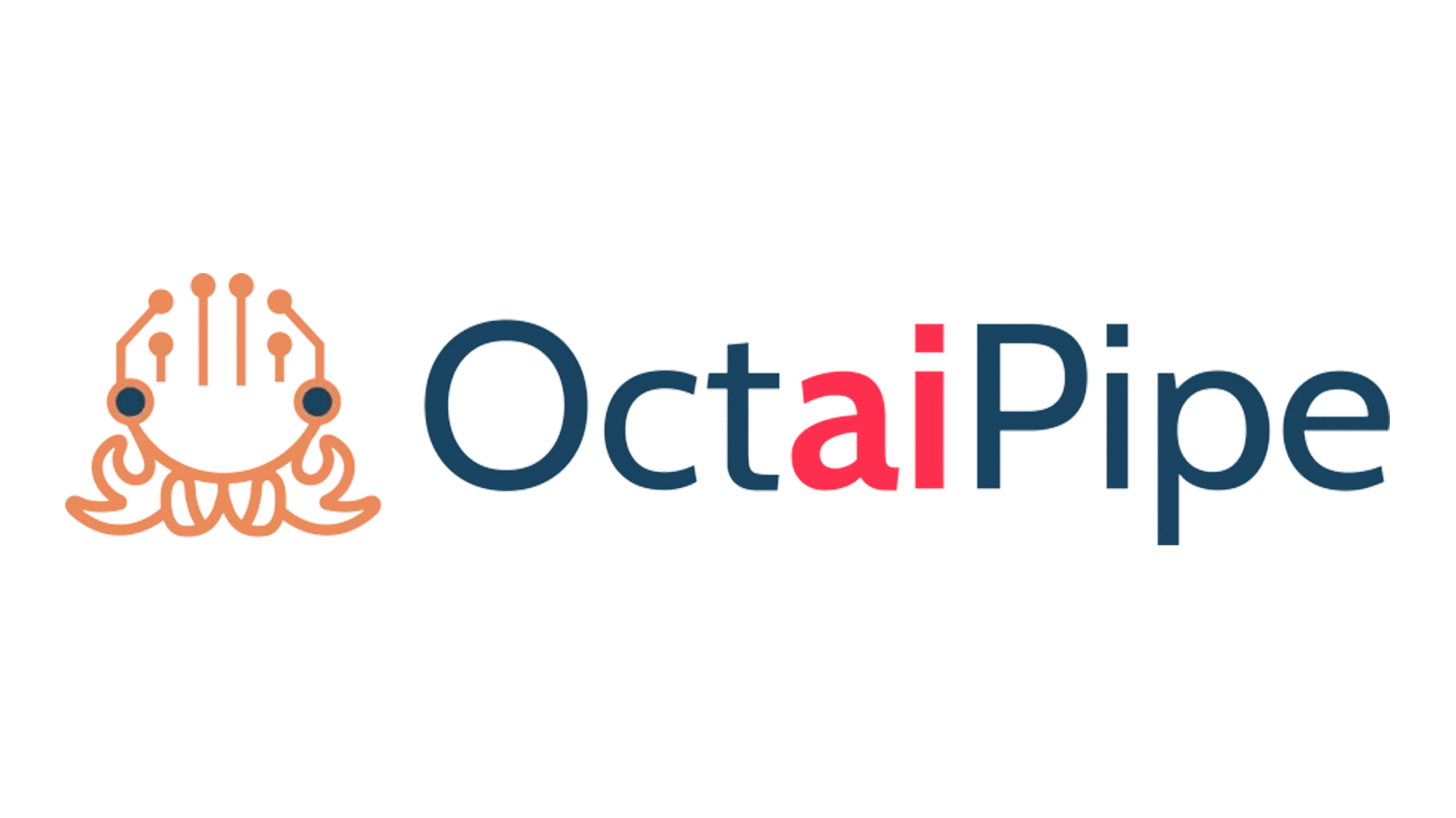As AI and Machine Learning are becoming more popular in the digital age, they have come into good use within the healthcare industry.
Studies from OptumIQ show that 75% of healthcare enterprises are planning to execute an AI strategy, whether that’s exploring how it can automate critical but repetitive tasks to free up time for clinicians, how automatic speech recognition can speed up disease diagnosis, or how it can create synthetic controls for clinical trials.
I and ML have the potential to bring many advantages to the healthcare industry, all of which supersede traditional clinical decision-making techniques. Some of these advantages include helping humans gain deeper insights into diagnostics, care processes, treatment variability, and patient outcomes, all by virtue of smart learning algorithms that become more and more precise and accurate as they interact with training data on a regular basis (Health IT Analytics).
These are exciting times for AI and ML, and we have identified the top 3 ways in which they are helping the healthcare industry.
Diagnosis and health data analysis

IBM’s Watson for Health is helping healthcare organisations apply cognitive technology to unlock vast amounts of health data and power diagnosis by reviewing and storing medical information exponentially faster than any human (PWC). This includes every medical journal, symptom, and case study of treatment and response around the world, and it does this by combining data-driven analytics and advisory services to help clinicians extract the most value from the data available to them (IBM).
IBM Watson Health has a unique approach to the application of data driven technology in the market, as it combines data, cloud, and AI services to build cognitive offerings for partners and clients alike (ibid).
Each person will generate enough health data in their lifetime to fill 300 million books, and physicians simply cannot keep up with the growing amount of information available to them, which is why AI in this case is so useful in helping them make sense of the overwhelming amount of clinical data, genomic data, and social determinants of health data, all to help them find the best path for each patient (IBM).
This can also do wonders with regards to clinical decision support, as it supports the provision of safer, more effective care by providing consistent and accurate evidence-based clinical decision support, all readily accessible when and where it is needed most.
In cases where clinical decisions were changed with Watson, it was able to provide evidence for newer treatments, more personalised alternatives, or new insights from genotypic and phenotypic data (Healthcare IT News).
In another study, Watson was found to identify clinically actionable genomic variants that had not been identified in manual interpretation in a third of patients at a hospital in South Korea (Healthcare IT News).
Expanding Access to Healthcare in Developing Regions via Telehealth

Developing nations with limited trained healthcare providers, including ultrasound technicians and radiologists, can significantly reduce access to life-saving care, and at the 2018 World Medical Innovation Forum (WMIF), experts pointed out that more radiologists work in the half-dozen hospitals lining the renowned Longwood Avenue in Boston than in all of West Africa.
AI and ML can help distribute adequate care to those who need it in developing countries by taking over some of the diagnostic duties typically allocated to humans (Health IT Analytics).
For instance, AI imaging tools can screen chest x-rays for signs of tuberculosis, a capability which could be deployed through an app available to providers in low-resource areas, ultimately reducing the need for a trained diagnostic radiologist on-site.
The AI would review the x-ray scan and identify potential findings immediately from the image, but also comb through the patient history related to the particular anatomy scanned, which is information that would otherwise take too long to collect in these areas (ITN).
The program Partners for Cancer Diagnosis and Treatment in Africa, launched by the American Society of Clinical Pathology (ASCP), implemented a similar technological innovation in the form a telehealth program that allows Rwandan physicians to collect biopsies, store them in the cloud and collaborate with pathologists in the U.S. on diagnoses and treatment plans (mHealth Intelligence). ASCP officials have stated that health systems in developing countries lack the appropriate resources required to effectively screen and diagnose diseases such as cancer, which ultimately leads to higher mortality rates (mHealth Intelligence).
Regina Gandour-Edwards, a surgical pathologist at the University of California-Davis, is one of the 14 specialists working in the program, and she states:
“Instead of local clinicians having to rely on visiting pathologists from their own country or the U.S. to provide expert cancer diagnostics, this pilot project is enabling Rwandan physicians to upload complete virtual microscopic images of a biopsy or specimen into a cloud-based system, which I can view and manipulate in any way. I can change the magnification and look at every aspect of the slide to produce a complete diagnostic report.”
Regina Gandour-Edwards
Reducing costs for healthcare providers and patients

In a recent study, Accenture analysts demonstrated the potential of artificial intelligence in healthcare to realise $150 billion in annual savings by 2025, with a focus on clinical health IT applications. Furthermore, in the US, healthcare spending represents one-fifth of the economy, with between one-quarter and one-half of all medical expenditures tied to waste (Health Affairs).
With regards to reducing costs for healthcare providers, we must think about the way medical data is collected. The challenge that the industry faces is creating a system of data collected without relying on data siloes – a system that is capable of scaling to incorporate new data sources as emerging technologies, like smart hospital beds and wearables, begin to contribute to valuable data as well (ITU News).
This can fall under the umbrella of working towards reducing paperwork-based administrative processes for doctors. Athenahealth serves more than 100,000 medical providers with cloud-based services to track performance data, process claims, manage patient records and more.
According to their network data, the average doctor spends 40% of their time processing thousands of administrative documents and forms. By building cloud-based services that reduce the administrative burden being placed on doctors, AI and analytics tools can now be more easily applied to this data to deliver personalised services and new insights, ultimately leading to better doctor-patient experiences through automated processes.
An example of how AI can help reduce the costs of healthcare for patients is when we look at traditionally expensive surgical procedures such as joint surgery, which is one of the most prevalent and expensive surgeries in the U.S (Healthcare Finance News).
However, a study published in the Annals of Translational Medicine journal explains that costs and outcomes for joint replacement surgeries can be improved by implementing AI platforms in the process.
The platform which was studied in the research was PreHab by PeerWell, a platform that reduces surgery costs by eliminating the need for costly pre-operative physical therapy sessions by clinicians.
A patient’s use of PeerWell was shown to lead to significant cost reductions, including a 25% drop in hospital length of stay, an 80% increase in going home without the need for home care, and a 91% reduction in discharges to skilled nursing facilities (Healthcare Finance News).
The platform works by using patient data to create personalised daily plans to get patients ready for surgery, which include video physical therapy, nutrition counselling, comprehensive anxiety management and pain resilience training, home preparation guidance and medical risk management (Healthcare Finance News). PeerWell does this by applying AI and ML to historical patient data, allowing it to learn the ins and outs of the individuals pre-existing conditions, leading to a tailored approach to preoperative therapy, which would otherwise take too much time for physicians to administer, let alone the high costs incurred as a result of the visits. This can be supported by the fact that many insurance plans in the U.S only allow for a small number of paid physical therapy sessions per year, making surgeons reluctant to use them before surgery (Healthcare Finance News).
The opportunities that AI and ML present to the world of healthcare are vast, and are part and parcel of ensuring the effective digital transformation in healthcare. Reshaping the future of healthcare brings with it the requirement of unlocking the data trapped in traditional data silos in order to provide quickly actionable insights with little search time for the relevant data.
Learn more about the application of AI and Machine Learning in our industry page https://staging.tdab.kijodev.com/ai-in-health-social-care/




